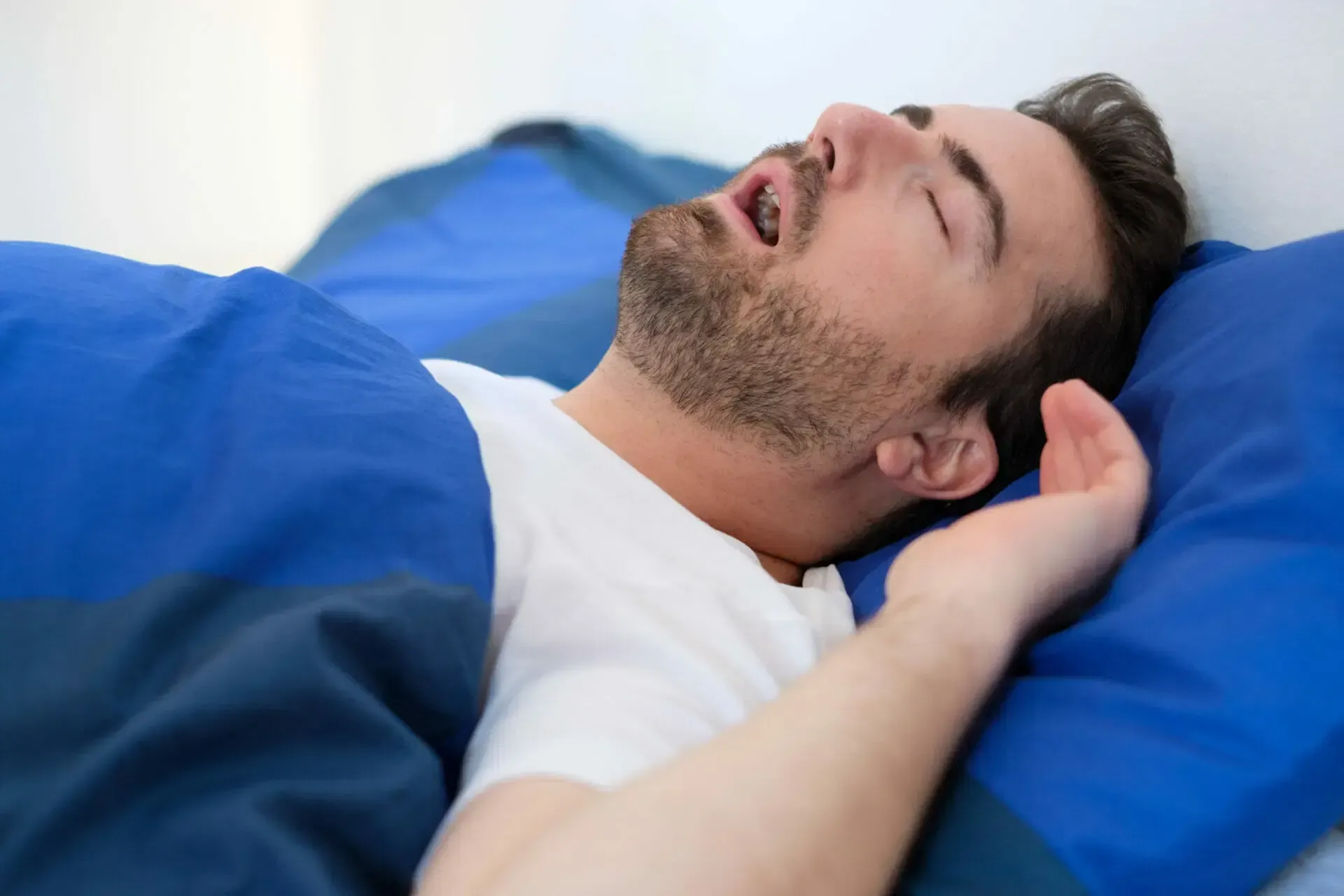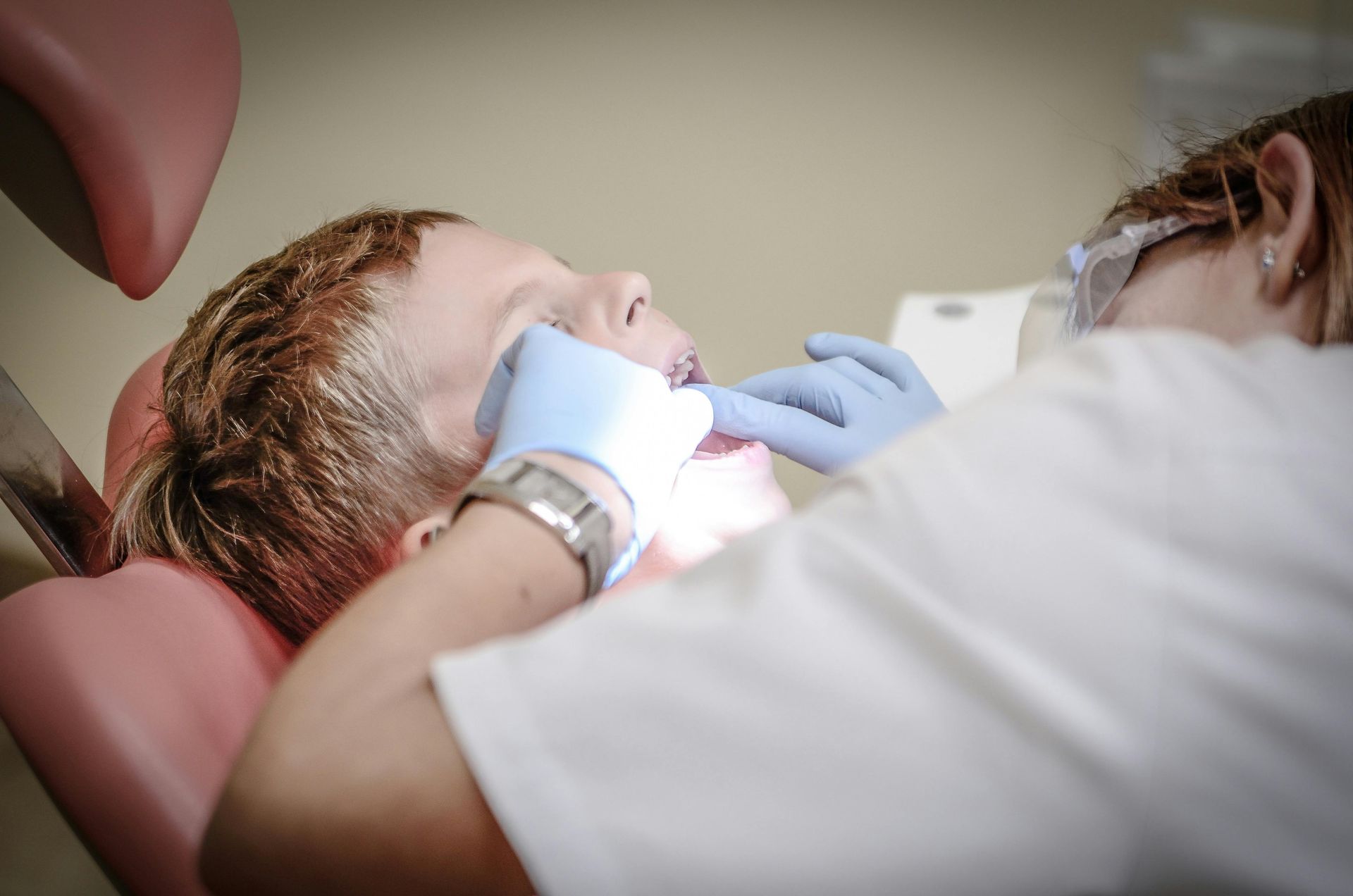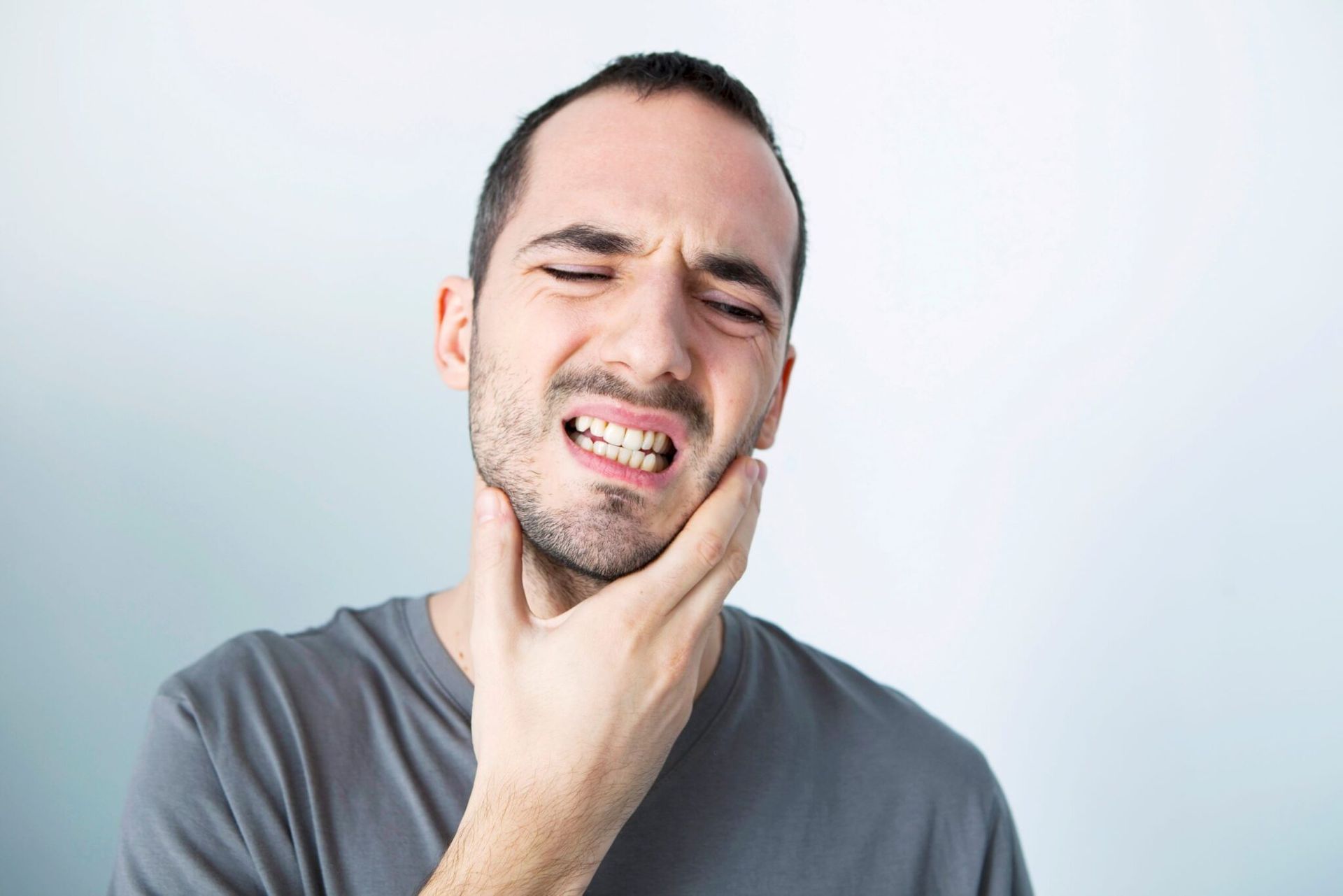Sleep Apnea and Its Connection to Dentistry
Sleep apnea is a serious sleep disorder where breathing repeatedly stops and starts during sleep. The most common form, obstructive sleep apnea (OSA), occurs when throat muscles relax excessively, blocking the airway. While many associate sleep apnea with snoring and fatigue, its connection to oral health is significant and often overlooked.
Dentists play a key role in identifying and managing OSA. During routine exams, dentists may notice signs such as worn teeth (from grinding), a scalloped tongue, or an enlarged soft palate—all potential indicators of sleep-disordered breathing. These clues can prompt further medical evaluation.
Dentistry also offers treatment options. For patients with mild to moderate OSA or those intolerant to CPAP machines, custom-made oral appliances can reposition the jaw and tongue to keep the airway open during sleep. These devices are non-invasive, portable, and effective for many patients.
Untreated sleep apnea can contribute to dry mouth, gum disease, and even TMJ disorders. Beyond oral health, it increases the risk of high blood pressure, heart disease, and stroke.
Dentists trained in dental sleep medicine can collaborate with physicians to help diagnose and treat sleep apnea, improving both sleep quality and overall health. If you experience loud snoring, daytime sleepiness, or jaw discomfort, talk to your dentist—they may be the first step toward better sleep.



